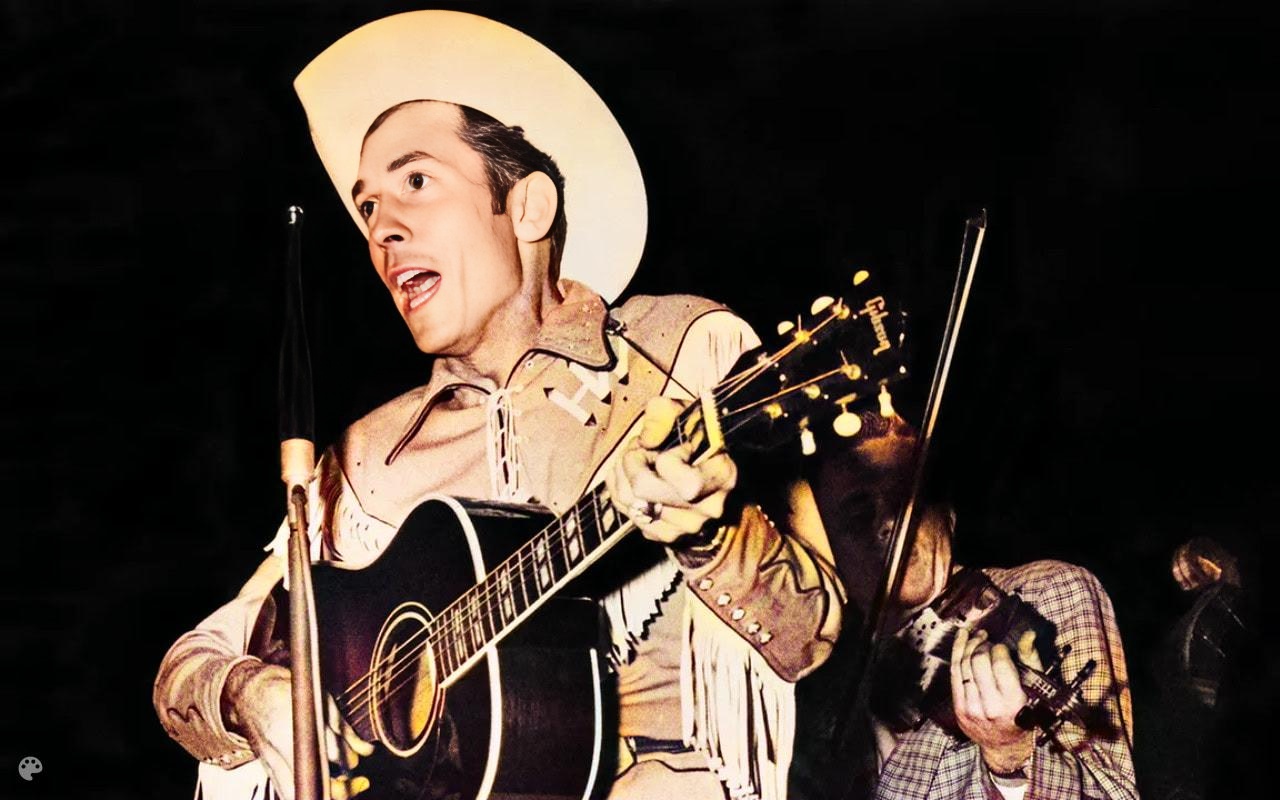
Hank Williams, born Hiram King Williams in 1923, remains one of the most iconic figures in American country music. His short but impactful career cemented his place as a singer, guitarist, and songwriter who profoundly shaped the genre. He possessed a raw, honest voice capable of conveying profound emotion, and his songwriting drew deeply from his personal experiences with hardship, love, and loss. Although his life was tragically cut short at the age of 29, his legacy lives on through timeless songs like “Your Cheatin’ Heart,” “Hey, Good Lookin’,” and, perhaps his most enduring masterpiece, “(I’m So Lonesome I Could Cry).”
Released in 1949, “(I’m So Lonesome I Could Cry)” immediately resonated with audiences, climbing to the top of the Billboard country charts and establishing itself as a standard. While it didn’t win any specific awards at the time, its lasting impact is its own reward. The song’s enduring appeal stems from its poignant depiction of loneliness and despair. Williams employs evocative imagery of nature – the whippoorwill’s mournful cry, the midnight train’s echoing whistle, the falling star – to amplify the singer’s profound sense of isolation and heartbreak.
The song’s simple yet powerful lyrics, combined with Williams’s heartfelt delivery, tapped into a universal human experience. Audiences were deeply moved by the authenticity of his performance, recognizing their own feelings of loneliness and vulnerability reflected in the music. “(I’m So Lonesome I Could Cry)” became an anthem for the heartbroken and a testament to the power of music to express the deepest emotions. It continues to be covered and celebrated by artists across genres, a lasting tribute to Hank Williams’s genius.